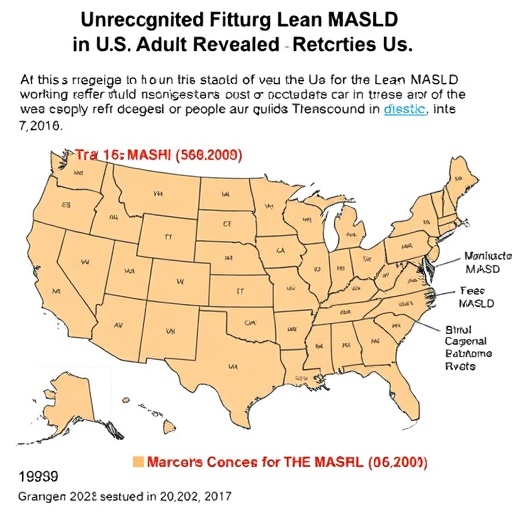Researchers identify sour taste receptor in fruit flies
Taste is so familiar a sensation that you might think scientists had long ago sorted out how the sense works. Yet such research is far from settled.
Now, a team including UC Santa Barbara Distinguished Professor Craig Montell has discovered the first sour taste receptor used by an animal to choose between different foods options. The findings appear in the journal Cell Reports, and could have implications for taste research as well as disease prevention.
Until now, scientists didn’t know what receptors allow animals to evaluate food on the basis of sourness. “In mammals, a protein called Otopetrin1 is a candidate. But, in fact, the precise receptors are not known in any animal,” Montell said. “It’s really a major question in the taste field, and I think we all care about taste. I mean, we all think about it. And taste is extremely important, not only for enjoyment, but for survival.” Food that is too sour, for example, might be spoiled due to bacterial or fungal contamination.
In their search for a sour receptor, Montell’s team provided fruit flies with choices between sugar alone versus sugar combined with various concentrations of different acids. They then established low concentrations of various acids that attracted the animals and high levels that repulsed them. Many of the flies had known mutations affecting their receptor proteins, and the scientists tracked to what extent the behavior of these flies differed from their more conventional counterparts.
The team discovered that a protein, IR7a, was required for the flies to detect acetic acid, the active ingredient in vinegar, and to make decisions based on acetic acid concentration. Those without the protein couldn’t recognize the acid, however a mutated IR7a didn’t affect the animals’ ability to sense any of the other acids the team tested.
“It was surprising just how narrowly tuned this receptor was,” Montell said. Since the team tested a limited number of acids, they don’t believe the protein responds only to acetic acid. But even so, “it’s still narrowly tuned,” Montell added. “We expected that one receptor would account for many sour compounds.”
But having a discerning palate may come with advantages. The point of taste is to gather information about potential food, so being able to distinguish between two similar substances, like acetic acid and lactic acid, must provide the fruit flies with some sort of relevant information. Different acids result from different types of microbial activities, so Montell suspects that being able to distinguish between different sour compounds may allow the flies to seek out or avoid food with different types of microbial growth.
Compare this narrowly tuned sour receptor to the human sugar receptor. Out of our 35 taste receptors, only one receptor complex, made up of two different proteins, is used to sense all sugars. “This is one of the reasons it’s very difficult for us to discriminate between different types of sweet compounds,” said Montell. “They’re activating the same receptor.”
In contrast, we have several dozen receptors for bitter tastes, which generally correspond to substances we try to avoid. There is simply a greater diversity of bitter tasting chemicals, and many are harmful, so we need many receptors to detect bitter compounds. In flies, the same taste receptor cells that detect bitter compounds sense high levels of acetic acid, both of which the flies avoid.
Once the group discovered that flies needed IR7a to detect acetic acid, they were curious whether this protein was sufficient to produce the ability on its own. The researchers introduced it into fly neurons that reacted to sugars to see if they became acid sensitive. Remarkably, they did. However, when the team introduced IR7a in mammalian cells grown in a Petri dish, the cells did not become sensitive to acetic acid. These results suggest that IR7a works in concert with other proteins in taste receptor cells to detect acetic acid, something Montell plans to continue investigating in future research.
“The discovery here is finding an enigmatic type of receptor that’s important in something very basic: a sour taste,” Montell said.
Taste and smell receptors are actually some of the least conserved proteins between different animals. “Animals tend to live in environments with different foods and dangerous chemicals. So, the olfactory and taste receptors are under very strong selective pressure to sense the specific chemicals in an animal’s environment,” Montell explained.
Although receptors similar to IR7a are not conserved in humans, related proteins are found in insect vectors that spread disease. Montell’s lab is currently studying the mosquito Aedes aegypti, which transmits diseases like dengue fever, Zika and yellow fever. Female mosquitoes use vision, smell, temperature and taste to track down their human targets.
“I think it’s very valuable to learn what the receptors are in insects in general, not only because it’s interesting basic science, but it could lead to ideas for controlling the way that mosquitos are attracted to humans,” Montell said.
###
This research was conducted in collaboration with a team lead by Youngseok Lee at Kookmin University in Seoul, South Korea.
Media Contact
Harrison Tasoff
[email protected]
805-893-7220
Related Journal Article
https:/
http://dx.




